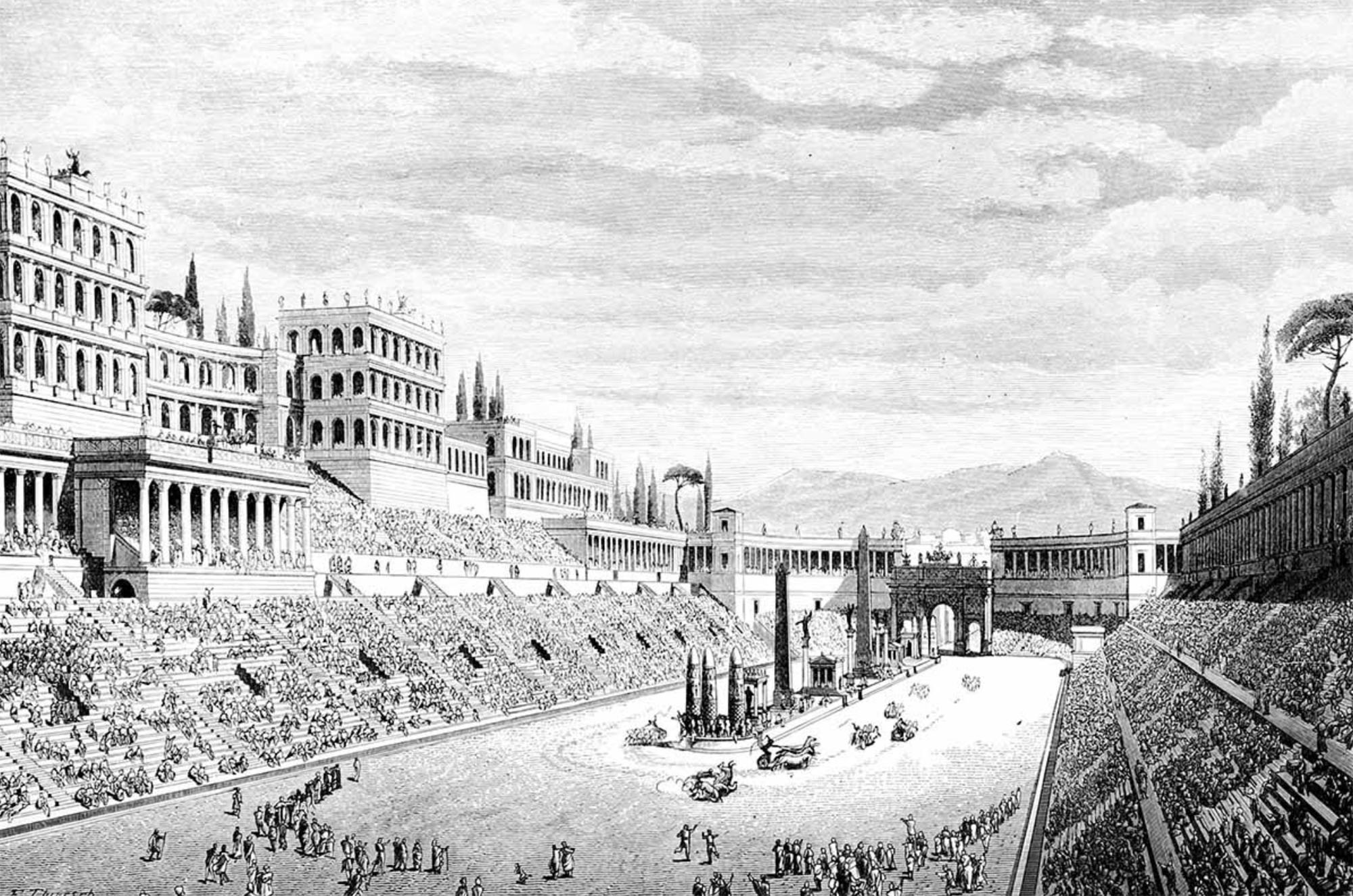

Rome, towards the year 100 d. C. The poet Juvenal received the X. In Satira: “For a long time, particularly since we have to sell the vote, this people has lost interest in politics. Before, the head, the lots, the legions and, after all, they gave it all, but now they let it be done to the rulers and only want with eagerness two things: bread and circus games”.
The Roman authorities began to offer bread and circuses to the population much earlier; by the year 2000 a. In the year 140, it was decided for the first time to sell wheat at much lower prices to the poorest. For Juvenal, the food, gift and entertainment market meant alienating the population, humiliating its critical spirit, satisfying the people with the false generosity of the rulers. This strategy, based on bribery and populism, was for years an effective way of acquiring power.
Julius Caesar, for example, gave almost wheat to the 200,000 citizens who needed it most. Of course, the beneficiaries were free, needy male citizens, because slaves, liberties and women did not have the right to vote. Three centuries later, in the time of Aureliano (s. 270-275), 300,000 citizens received two loaves for free each day. Buying the vote through bread was not cheap, as they did not produce enough wheat on the Italian peninsula and had to import it from different points of the Empire.
The freshly discovered circus of Iruña Veleia, 280 meters in length and with a capacity for 5,000 spectators, was a small circus. Tarraco, for example, had capacity for 25,000 viewers, and Italy had capacity for 80,000.
And circus shows were also expensive. They only left a fortune in the prizes; the winners received 60,000 sesterces for winning a quadrigas race. The well-known driver Diokles won almost 36 million sesterces before retiring at the age of 42. But the most expensive thing was to pay for the public works, to build the buildings themselves, to adapt them and worship them with luxury.
The freshly discovered circus of Iruña Veleia, 280 meters in length and with a capacity for 5,000 spectators, was a small circus. Tarraco, for example, had a capacity for 25,000 viewers, and Italy had a capacity for 80,000. The Circus Massimo of Rome doubled that of Iruña Veleia and could accommodate some 150,000 people – although Pliny the Elder mentions a capacity of 250,000, current historians believe that that amount is too much.
The word “bread and circus” has not lost its present for two millennia, because what Juvenal criticizes the governments continue to use to humiliate the population or to silence the scandals. And many replace the word “circus” with the word “football,” so that the message becomes even clearer.